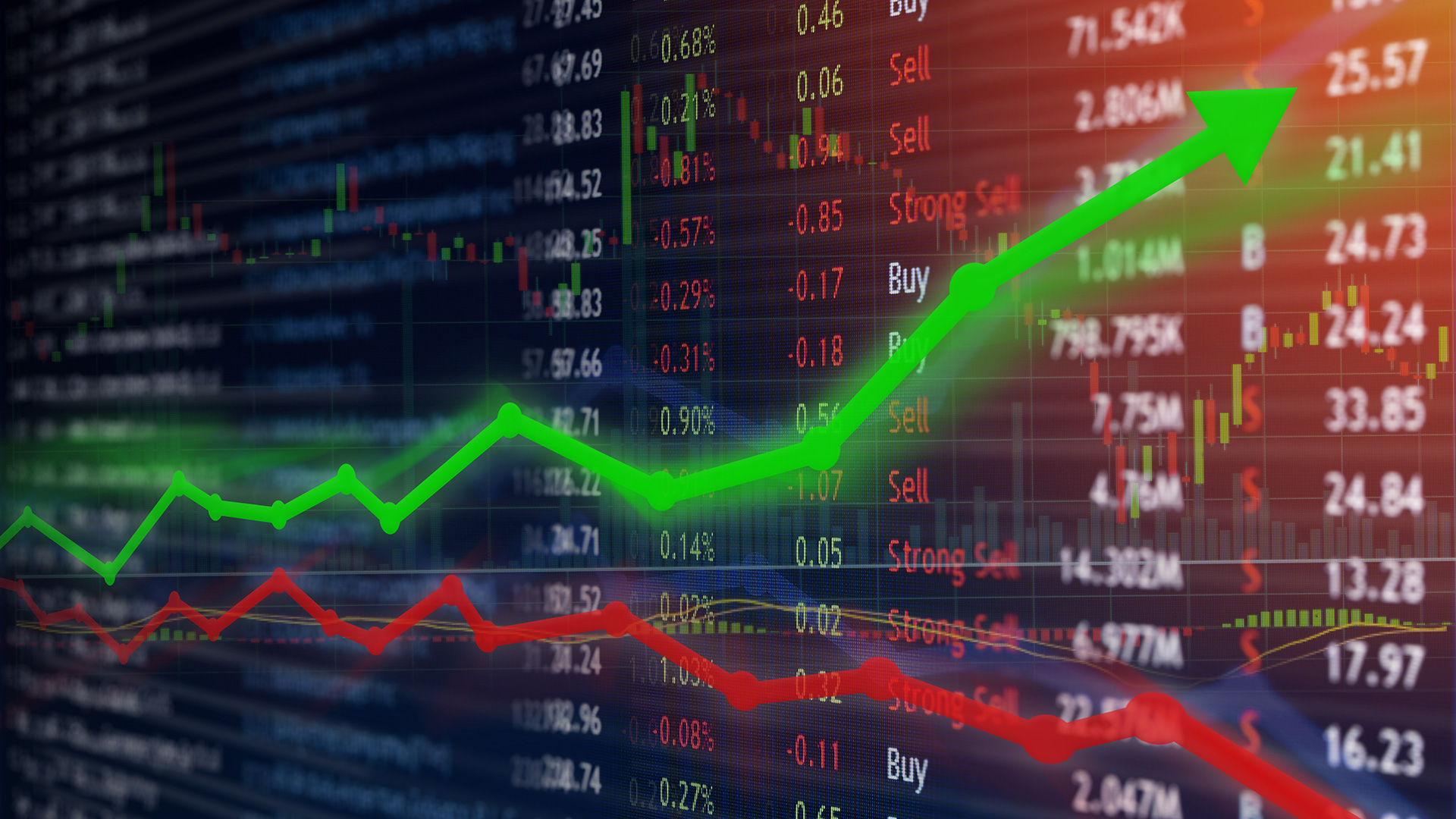
When it comes to investing, a firm’s credit rating is something that plays a hand in an investor’s decision. Credit rating agencies — such as Moody’s and Standard and Poor’s — use letter grades to rate a company’s ability to pay back debt. But how a credit ratings agency (CRA) comes up with ratings was something that Smith accounting professor Musa Subasi and his co-authors wanted to explore — particularly whether information from the options market plays a role in the rating.
Subasi’s research, “Do Credit Rating Agencies Learn from the Options Market?,” published in Management Science in January 2024, explores “the relation between options trading activity and credit rating accuracy.” Subasi worked with Paul Brockman of Lehigh University, Jeff Wang of San Diego State University and Eliza Zhang of the University of Washington Tacoma.
Subasi and his co-authors looked at what information CRAs use to determine the credit rating. He says one source of information is speaking with the firm’s management, which he says is not publicly available. “The credit rating agencies don’t share their models with people. We don’t know exactly what models they use in coming up with [the rating], but we have some basic ideas, just not the exact model.”
Subasi says that firms often hire CRAs to rate them, but that could potentially create conflicts of interest. “The firm itself pays to obtain ratings,” he says. “CRAs are making money by providing credit ratings for these companies, and they could be a little lenient instead of rating them really low so they don’t lose business.” As a result, new CRAs that are paid by the investors emerged, he says.
The research question explored in the study is whether CRAs look at the public markets, and in particular, the options market, says Subasi.
“The company decides when and on which stock exchange (e.g., NYSE or NASDAQ) to list its stock. In contrast, options exchanges determine whether and when to list the company’s options for trading,” Subasi explains. “Since the decision to list options is made independently of the company, it creates an exogenous setting ideal for studying how options trading affects credit rating agencies.”
Subasi points out that stock prices reflect information from millions of investors, potentially even insights unknown to company executives, opening the possibility for managers to learn from financial markets—a question extensively explored in prior research. This idea inspired Subasi and his co-authors to investigate whether credit rating agencies also learn from financial markets. He highlights that the options market is particularly appealing because it often reflects information earlier than the stock market. “Informed traders are more likely to trade in the options market,” Subasi explains, “because it offers fewer constraints and the potential for higher returns compared to the stock market.”
“There is more leverage in the options market, so we conjectured — based on prior studies — that CRAs will exploit the options market and come up with ratings-related information,” Subasi says.
The study used various measures of rating accuracy and found that when the ratio of options trading volume to stock trading volume is higher, “the accuracy of credit ratings improves,” Subasi says. “These results could inform the ongoing debate on how to regulate credit rating agencies or standards, particularly for the U.S. Securities and Exchange Commission,” he adds. “If credit rating agencies are learning from the options market, we should observe greater accuracy when option trading increases.”
Read Subasi’s recent work, “Do Credit Rating Agencies Learn from the Options Market?,” published in Management Science.
Media Contact
Greg Muraski
Media Relations Manager
301-405-5283
301-892-0973 Mobile
gmuraski@umd.edu
Get Smith Brain Trust Delivered To Your Inbox Every Week
Business moves fast in the 21st century. Stay one step ahead with bite-sized business insights from the Smith School's world-class faculty.